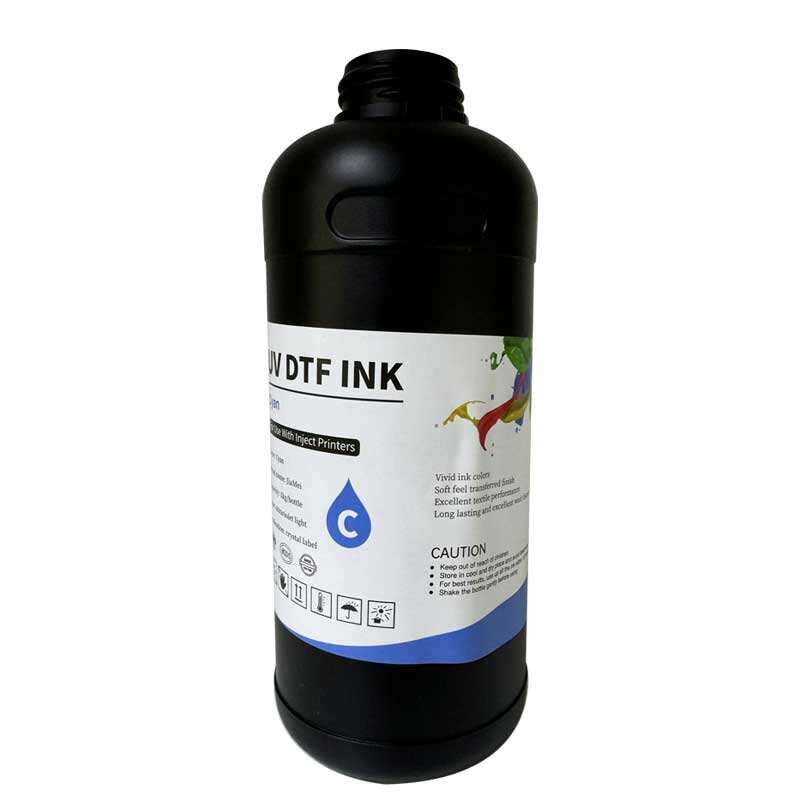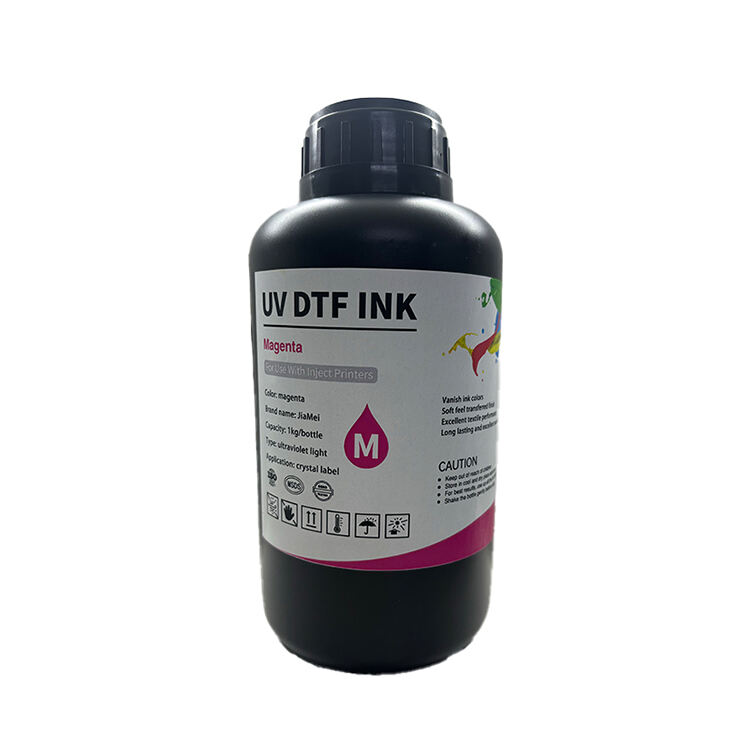uv ink printing
UV ink printing represents a cutting-edge digital printing technology that uses ultraviolet light to cure or dry ink instantaneously as it's printed. This innovative process allows for printing on a vast array of materials, including plastic, metal, glass, wood, and traditional paper substrates. The technology employs specialized UV-curable inks that contain photoinitiators, which react to UV light exposure by triggering a photochemical reaction that instantly hardens the ink. This instant curing process enables superior print quality with vibrant colors and sharp details while eliminating the need for drying time. The UV printing process begins when the printer deposits ink onto the substrate through printheads. Immediately following the ink application, UV LED lamps emit intense ultraviolet light that instantly cures the ink, creating a durable and scratch-resistant finish. This technology offers exceptional color accuracy and consistency, making it ideal for high-quality commercial printing applications. The versatility of UV ink printing extends to both flat and cylindrical surfaces, enabling businesses to print on diverse products and materials. Additionally, the process is environmentally friendly as it produces minimal volatile organic compounds (VOCs) and requires no solvents for cleanup.


